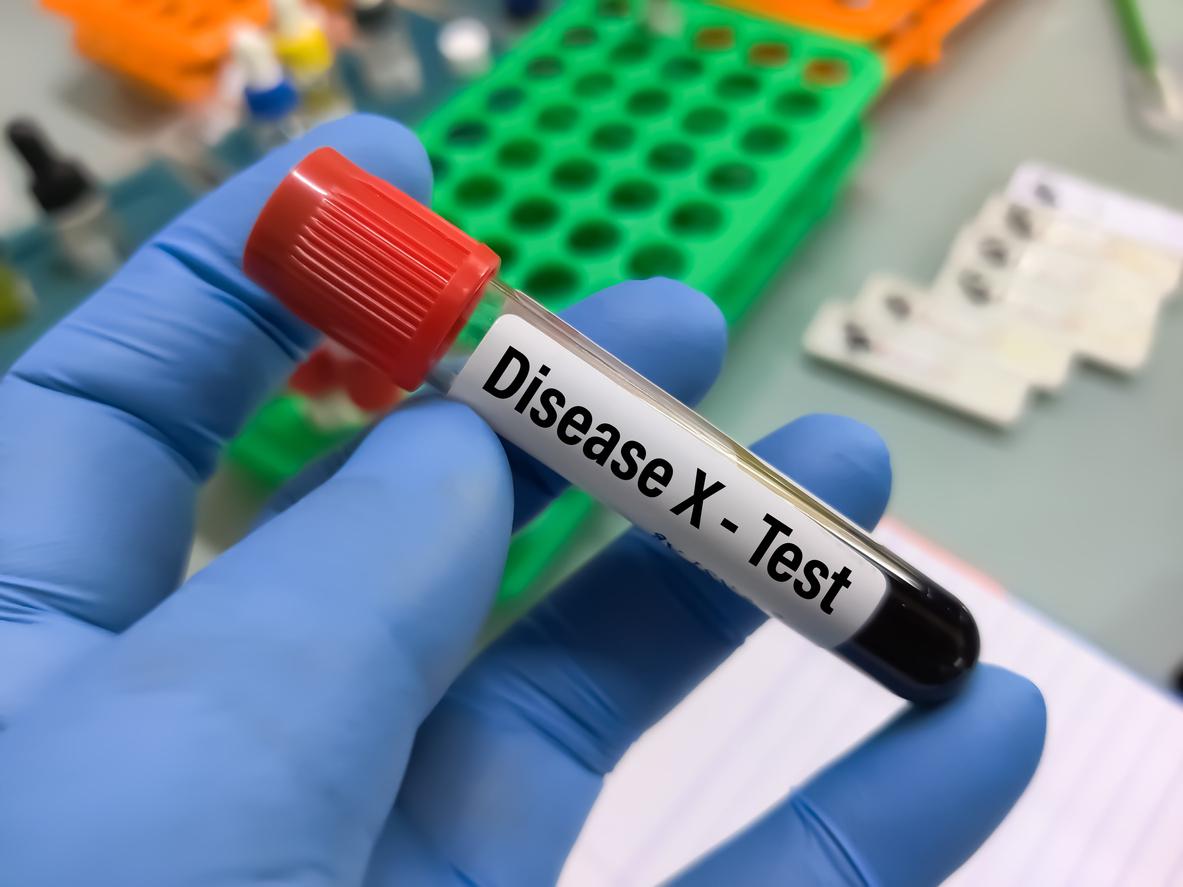The thyroid is a gland located in the neck, synthesizing several hormones necessary for the regulation of the metabolism of our cells. Various diseases can lead to overproduction of these thyroid hormones. This is the case with Graves’ disease which is the most common form ofhyperthyroidism. Of genetic origin, it affects 1% of the population and generally appears between 20 and 40 years old. It is a disease which mainly concerns women (8 out of 10 patients).
What is happening in the body?
During this autoimmune disease, the immune system will produce antibodies against the thyroid. These will stimulate the gland too much, which will then produce hormones in too large quantities. What distinguishes this disease from other forms of hyperthyroidism is its irregularity. Phases of relapses and remissions alternate unpredictably.
What are the symptoms of Graves’ disease?
Hormones made by the thyroid regulate the heartbeat, menstrual cycles or the consumption of calories or oxygen by the cells. In this sense, over-production of these hormones has many consequences, as if the body were over-dieting. Graves’ disease being a common form of hyperthyroidism, it therefore has all the symptoms:
- tired and muscle weakness
- weightloss
- excessive sweating
- important thirst
- increased heart rate and / or palpitations
- heat intolerance
- tremors
- diarrhea
However, what is peculiar to it is the increase in the volume of the thyroid and therefore the appearance of a “goiter”. A proptosis may also be operated on, which is the swelling of the eyes and the eyeball sticking out of its socket. The eyes may also be red and watery.
What examinations allow the diagnosis to be made?
To diagnose Graves’ disease, the blood dosage thyroid hormones, as well as antibodies, is usually sufficient. In the absence of goiter or exophthalmos, Additional tests such as a thyroid scan and an ultrasound may be done.
What treatments are there?
Graves’ disease cannot be cured, but luckily there are treatments available to reduce the severity and frequency of symptoms. The first solution is to take antithyroid drugs to block the production of thyroid hormones. The treatment lasts between 12 to 18 months before a gradual reduction in drug intake. It can be resumed in the event of recurrence, in which case, a little more radical treatment can then take place:
- thyroid ablation, or thyroidectomy : this surgical act requires taking thyroid hormones for life.
- radioactive iodine: it is used to destroy thyroid cells. Here again, lifelong treatment is required.
The choice of treatment will be made with the doctor, depending on the patient’s age, this history, the number of recurrences or any contraindications.

















